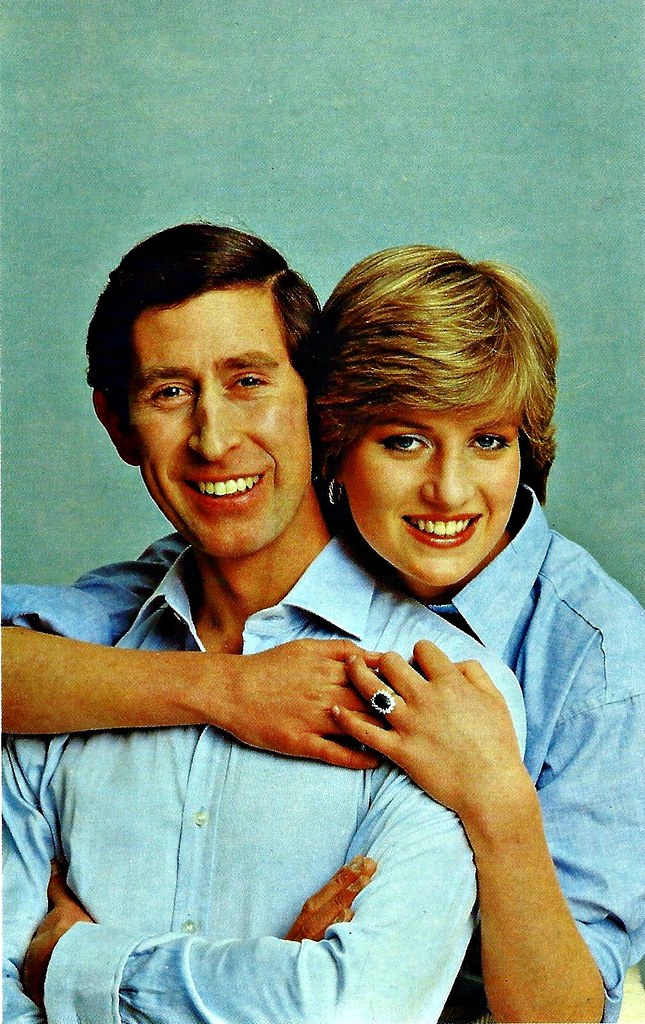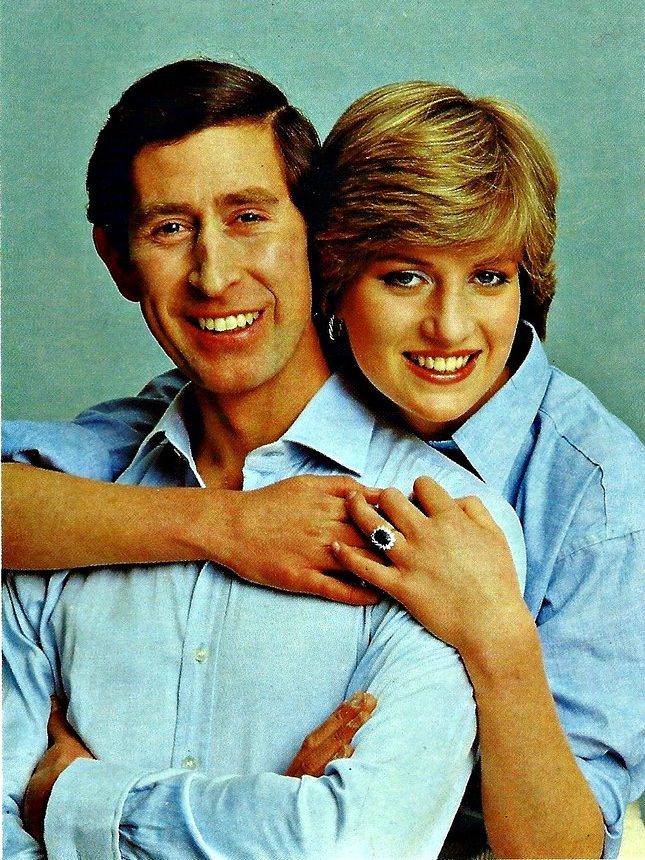

Diamond is the most valuable, not only of precious stones, but of all things in this world.
Pliny The Elder
Loving someone, and having them love you back, is the most precious thing in the world.
Nicholas Sparks, The Notebook
At age 11, I first glimpsed the bewildering anthropologic spectacle that is the grand wedding. Along with 750 million others, I watched on television as Charles, Prince of Wales married Lady Diana Spencer. Friends and neighbours quaffed sparkling wine around their televisions mid-morning, reveling in the intoxication of two people they had never met promising to love, honour, and—in Diana’s case—obey one another until death rent them asunder.
From the moment they announced their engagement, a perfect media storm amplified the couple’s every move. Commentators gasped when Diana chose her own engagement ring from a selection presented to her by Garrard jewellers. Traditionalist lips pursed at the idea that the same design—a large oval sapphire surrounded by 14 round diamonds set in 18 karat white gold—could be ordered from the Garrard catalog by anyone who could spare a lazy £28,000.
No current celebrity understands the public appetite for engagement bling better than Kim Kardashian. First husband Kris Humphries put a 16-carat diamond on her finger in 2011. Kanye West proposed in 2013 with a 15-carat emerald-cut ring he co-designed. Later, he bestowed on Kim a “second engagement ring” of the same design, but this time sporting a 20-carat rock.
Beyoncé Knowles-Carter, herself the owner of 18 carats worth more than $5 million, once sang that a man who wanted “it”, should have put a ring on “it”. The “it” not being restricted to the fourth digit on a woman’s left hand. The association between diamond rings, matrimony, hetero sex, and the intention to spend one’s life with another provides a fascinating tale of economics, marketing, biology, and culture. And it teaches us about that which glitters more than gold and scintillates more than gems.
Continue reading the full article at Quillette…